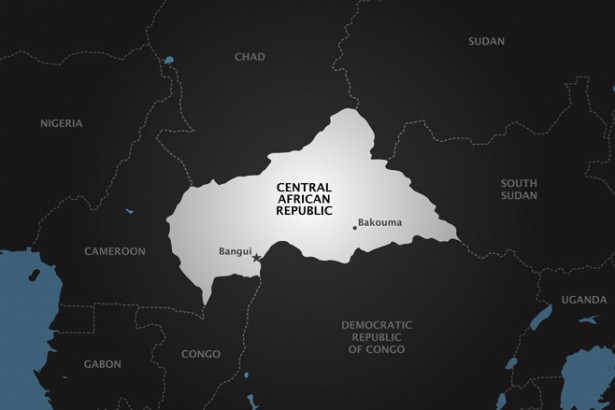Our partners at Resolve published the below article regarding the announcement of the United States’ innovative program to protect people from LRA attacks. As always, well-written & incredibly insightful.

On October 3, the U.S. announced the release of up to 15 million dollars to help protect communities being targeted by LRA attacks in southeast Central African Republic (CAR). Given the inability of the CAR government to provide meaningful protection on its own, the program is pursuing innovative approaches to help communities protect themselves in the remote area.
A press release on the project notes that “Insecurity caused by the LRA affects communities that are already suffering from acute poverty and underdevelopment. Communities in southeast CAR are particularly vulnerable to attacks by the LRA because of the limited international humanitarian presence in the area, minimal government influence, and physical isolation due to poor communications systems, roads, and other infrastructure…
“Communities will develop and implement security plans that reduce their vulnerability to violence. Improved communications technology and information sharing among communities—as well as with local, national, and international organizations—will reduce their isolation and exposure to threats associated with the presence of the LRA and other armed groups.”
The program was developed after Resolve activists and partner groups worked with leaders in Congress — most notably Senators Patrick Leahy (D-VT), Mary Landrieu (D-LA), and Lindsey Graham (R-SC) as well as Representatives Jim McGovern (D-MA), Jeff Fortenberry (R-NE), and Kay Granger (R-TX) — to secure allocations for it in the 2012 budget. Similar programs in LRA-affected areas of Democratic Republic of Congo, which utilize high frequency radio and mobile phone networks, have helped inform and prepare communities for the threat of attack by the LRA. The full description can be accessed here.
The LRA is reported to have first moved into southeast CAR in February of 2007, drawn by the remoteness of the area and absence of any CAR government forces.
To learn about the Invisible Children programs in DR Congo and Central African Republic that are dedicated to civilian protection, please click here.
(Photo Credit: Human Rights Watch)
Think people should hear about this?